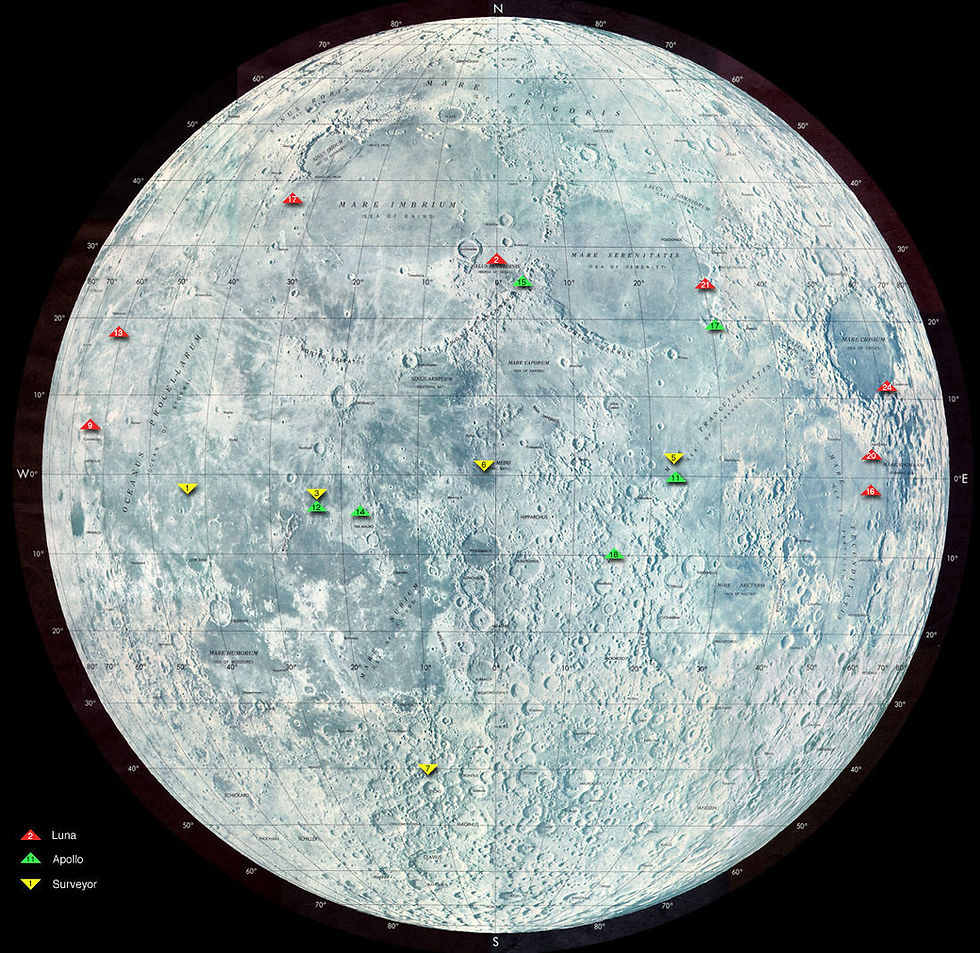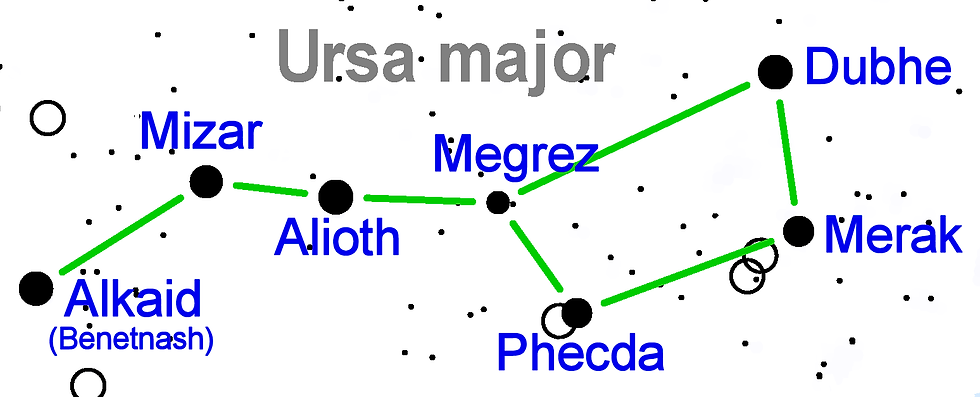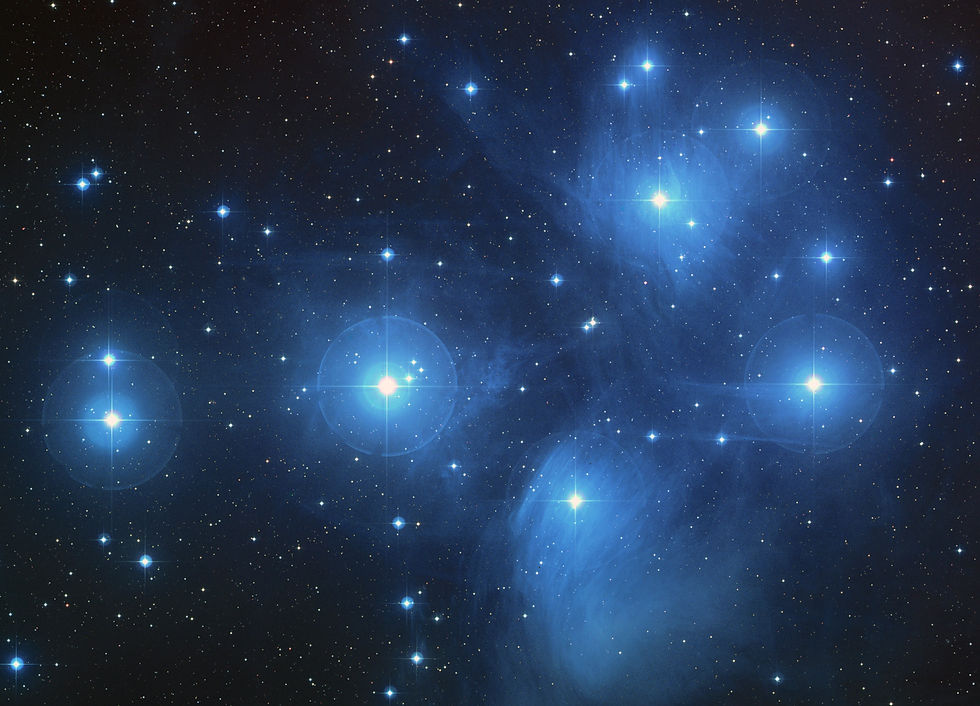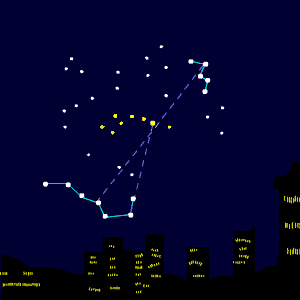No matter where you are now, where you call home is under the same set of stars.
- Luke
- Dec 10, 2020
- 6 min read
Updated: Mar 12, 2021
Updated from a previous post; this guide centers around x-mas day but can be used throughout December for Hanukkah, New Years, or whenever you might want to stargaze remotely this December.
No matter where you social distance over the holidays we are all under the same stars. I have been feeling down about not being able to see my family for the holidays but, I had the thought, that we could look out at the stars and see the same things together. Knowing that although we aren't under the same roof these holidays, we are under the same sky.
This guide is for you and your family so we can share this cosmic perspective this holiday season. If you are sharing Christmas dinner over a video chat, you can still feel closer by sharing the sky with each other. Though we are not close in terrestrial terms, we are right next to each other in cosmic terms.
I've made a list of 10 things to check out with your remote family ordered from easiest to hardest. Just send this list to your relatives, start with number one and keep going until it's too difficult/not fun.
1) Compare the weather. It’s amazing how much weather can change even just across town, especially in Colorado. It’s been raining and windy in Boulder but calm and clear in Aurora (only 20 miles away!) where my mom lives.
2) Compare time zones. Just ask what time it is and see how different the sky might look. For example: California (PST) is one hour behind Colorado (MST). Meaning my family in California will be seeing the sky how it looked to me (in Colorado) one hour ago and my family in Arkansas (CST) will be seeing the sky I will be seeing in one hour. So if it’s just after sunset (5:30p MST) in Colorado I can stargaze with my family in Arkansas where it’s well after sunset (6:30p CST) but I can’t stargaze with my family in California where the sun will still be out (4:30p PST)

3) Compare light pollution. If one household is rural when the other is in an urban setting you can still stargaze as most of the things we will be looking at are very bright, however it is interesting to see if you can notice the difference. Honestly the moon will be big and bright just after sunset on Christmas day so no matter where you are you will have to deal with the natural light pollution of the moon.
country vs. city, light pollution
4) The Moon! Just after sunset on Chrismas day (~5:30p Dec 25th 2020) the Moon will be over the eastern horizon and fairly full. This will be the easiest thing that you can all look out at! Have everyone show or tell how high the moon is above the eastern horizon. This will give you a good idea of how offset everyone’s time zones are. If everyone is in generally the same area you won’t notice much difference however, if you are on opposite sides of the country you will notice a huge difference. Observing at the same moment someone in New York City will be seeing the moon just rising above the horizon at 3:30(EST) (the moon will be bright enough to see even with the sun still out) where Denver CO will see it about halfway up the eastern horizon at 5:30(MST) and someone in Seattle WA will see it nearly over head at 6:30(PST)

5) Mars! Just above the moon will be a bright red dot. This is the planet Mars. Now is the best time to see Mars for the next three years so if you can get a pair of binoculars it will be a rare sight.
6) Saturn and Jupiter! In the south west sky just after sunset will be one bright dot (Jupiter) and one dimmer yet still fairly bright dot (Saturn) this might be tricky to see together as they are low on the horizon and will be setting at around 7:30 so if someone in California (PST) they will be missing it at 7:30(PST) where someone in the central US (CST) will be in the best time in the evening to see them at 5:30(CST). Saturn and Jupiter will be right on top of each other for the whole month of December, close enough you can challenge yourself by trying to fit them both in the same view in a binocular.
Pro tip: if you are having difficulty finding your directions remember that the moon should be in the more or less eastern sky so facing the moon to your right will be south to your left will be north and behind you is west.
7) The Big Dipper. This will show you how far north/south you are from each other. If you are in the north half of the US (in or more north than Denver CO/Salt Lake City UT/Springfield IL/Philadelphia PA/further north, aka more than 40 degrees north) you will see the Big Dipper very easily low on your northern horizon however if you are in the south SoCal/Texas/Florida/Etc. You will probably not be able to see the big dipper at all, and anyone in Alaska/Canada will see it very easily high in their northern sky

8) The North Star. This will be difficult for most people to find so have patience with your relatives. The North Star is fairly easy to locate using the Big Dipper with the two stars at the end of the vessel of the dipper pointing right at it (see picture below). Of course this only works in the northern US/Canada where the Big Dipper is visible. In the South you can use the “M” of Cassiopeia which is high in north sky and the middle bump of the “M” points downward towards the North Star (see pic below). However you might just have more luck using a star map app on your smartphone “star tracker lite” (simple) or “sky safari” (little less simple) are my faves currently but download whatever the top few free ones are currently and see what you like best.
If you are able to find the North star, hold your hand out at a full arms length and see how many fingers you can fit between the north star and the horizon. This is a rough measurement of latitude and will be very different depending how far north/south you are. Someone in New Orleans LA will see the North Star just 30 degrees above their northern horizon (about three fists length’s stacked on top of each other), in Denver CO it’s 40 degrees above the horizon (4 fists stacked on top of each other) and in Seattle WA it’s about 50 degrees (5 fists)
9) Using this 'handy' measurement system of hand symbols take a measurement of how high the moon is where you are vs your relatives (you can also simply use your shadow if it’s dark enough that the only thing casting your shadow is the moon). Once you are done with dinner check again where the moon is. If you first looked at 5:30 (MST)/4:30(PST) after dinner at 6:30(MST)/7:30(PST) the people in the west coast (PST) should have the same measurement for the height of the moon as someone in Colorado(MST) did prior to dinner.
10) Orion watch Orion rise over the eastern sky in the same way. Orion is one of the most iconic constellations so see who will be the first to pick it out. Orion will be rising in the east all night long starting low on the horizon in the early evening and getting high in the sky late in to the night. look for his dog Sirius rising late in the night, Sirius is the brightest star in the sky and will be twinkling like crazy low on the horizon around 8pm.
Orion constellation rising and where to find the Orion nebula in the sheathe below the belt
Bonus) the Seven Sisters. If you have very dark skis you can see the seven sisters on the eastern horizon next to the Moon on x-mas night. you can see who has the best night sky by who can see them best, you probably won’t see them much at all x-mas day even in rural farm land they will be so close to the Moon. However if you're doing this during Hanukkah they will pop right out in dark areas just over the eastern horizon.

Hope you enjoyed stargazing! if you want to stargaze in person with giant telescopes I have a few tours coming up, be sure to book here. I also have made two 2021 calendars! One with star charts and info so you can keep stargazing all year long no mater where you are and learn the night sky for 2021 buy it here. One with phenomenal space pictures each month buy it here. Both can be shipped anywhere and make great gifts! Learn more about both calendars here.
This is an updated post from my one back in November. this one was updated to show the x-mas skies better and removes references to thanksgiving,


.png)
































Comments